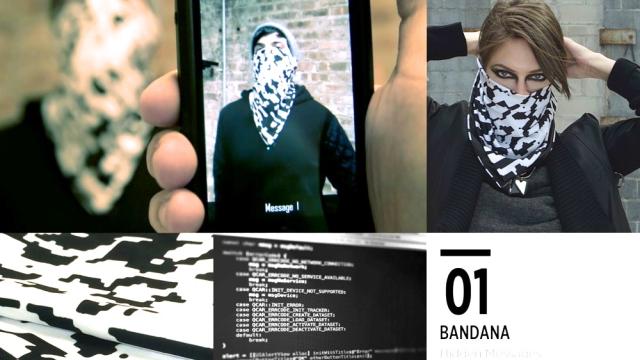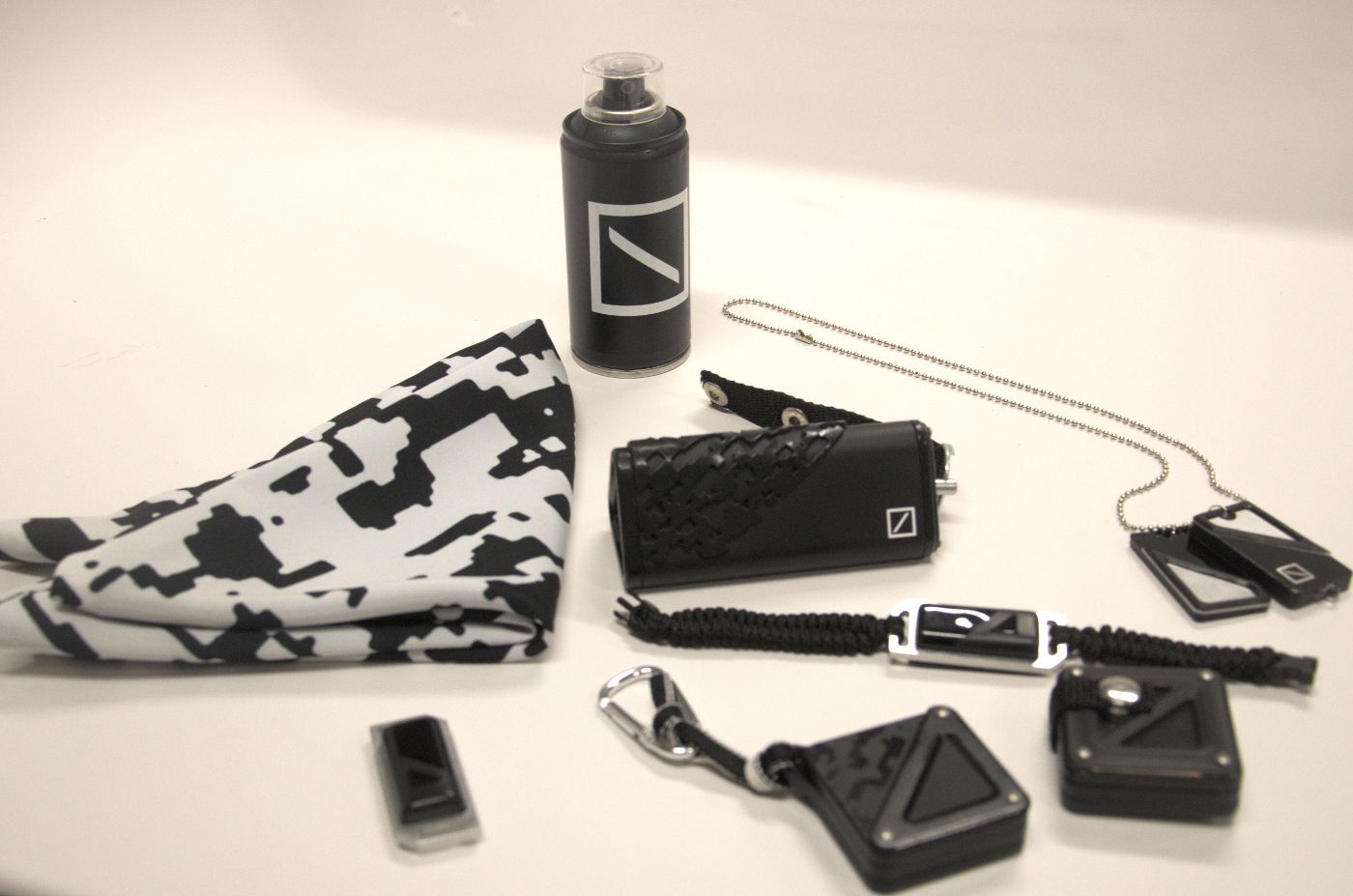
When riot police descended on protesters in Ferguson, Missouri, last year sporting assault rifles and armored vehicles, the images sparked an awareness of the military technologies and tactics authorities have adopted over the past decade. Many of these tools have quietly become regular components of day-to-day policing. And just as with social networks and cell phone cameras during the Arab Spring and Occupy Wall Street, they've dramatically – and often invisibly – altered the dynamics of contemporary protest.
Examples are everywhere, from the controversial Long-Range Acoustic Device (LRAD) sound weapons used to disperse crowds to secretive mass surveillance devices, commonly known as stingrays originally developed for the U.S. Navy, which police use to track cell phones, often without a warrant. Earlier this year, police in India began equipping aerial drones with pepper spray cannons to use on crowds of protesters. In August, North Dakota became the first U.S. state to allow the same; a new law drafted by a drone lobbyist permits North Dakota cops to arm drones with pepper spray, tasers, and other “less-than-lethal” weapons.
The FBI has admitted that it flew surveillance planes equipped with high-resolution cameras over the Black Lives Matter protests in Ferguson and Baltimore, Maryland – part of a secret program that has monitored over 30 major cities from the skies using aircraft registered to fake companies. And in New York City, the NYPD has outfitted unmarked white vans with advanced X-ray equipment capable of seeing through walls and even people's clothes.
“There is a huge disparity between the amount of technologies used by the authorities and the technologies available to protesters and activists during protests and riots,” warn Pedro Oliveira and Xuedi Chen, two designers from NYU’s Interactive Telecommunications Program. “That gap is only getting wider.”
Oliveira and Chen hope to even the odds with an electronic arsenal of their own. At the Radical Networks conference in Brooklyn this past October, they presented the Backslash kit, a package of devices that help protesters stay safe and connected during demonstrations. Gadgets include everything from portable routers that create improvised communication networks in the event of an Internet blackout to a pendant that blocks radio signals (to prevent cell phone surveillance).
Oliveira says many devices were inspired by stories from friends who had participated in the 2013 Gezi Park uprising in Istanbul, Turkey, and in Hong Kong’s 2014 Umbrella Revolution. They're also based on his own experiences in his native Brazil during the country's 2013 “Vinegar Revolt,” which began as a response to rising public transportation costs but quickly expanded to tackle larger issues of political corruption. (The demonstrations got their name after dozens of protesters were arrested for carrying vinegar, a home remedy for treating exposure to pepper spray and tear gas.)
One common police tactic seen during those demonstrations, called “bottlenecking,” involves police forming blockades to funnel protesters into constrained areas away from TV cameras where they may be beaten and/or arrested. In response, the Backslash toolkit includes a wearable “panic button” bracelet. When the button is pressed, it causes other nearby bracelets to flash and vibrate, signaling that their wearers are approaching an area of hostility.
A pocket-sized “personal black box” creates its own Wi-Fi hotspot, which protesters can use to automatically copy any photos or videos they capture to an on-board SD card, ensuring evidence will survive even if a protester’s device is seized or destroyed. Oliveira and Chen didn't have a working version of the black box when I visited them at NYU, but they said they've had up to 20 different devices connected to it during previous demonstrations.
The box is complemented by another black, grenade-looking object: when a pin is pulled from the top of the device, it becomes a portable router for an improvised mesh network, which protesters can use to communicate if the Internet is shut down.
Some activists are leery about adding more technology to protests, especially when it might be mistaken for a weapon. Carrying more equipment tends to provoke stronger responses, says Denis “Jaromil” Roio, an Italian software artist and activist who has observed protests around the world.
“Carrying equipment is often what puts one in trouble,” Roio told me in a Twitter message after I posted about the Backslash kit. “[I've] been in real nasty situations and got out because I had not even a camera or running shoes.” He recalls witnessing an incident in Egypt earlier this year, where another group carrying camera gear was “abducted, robbed, and beaten” during protests after the funeral of a prominent activist who was killed by police forces.
“The gist,” Roio adds, is that “if you look like an equipped activist as the shit hits the fan, then you get the treatment.”
The warning seems reasonable after a quick glance at Oliveira and Chen's stylish devices, which all sport a distinctive brand of dystopian-military chic. The designers admit the aesthetic is meant as a provocation; in practice, the devices are intended to be adapted to local situations.
“That's where the design comes in,” says Chen, who created the devices’ sleek 3D-printed mesh. “You can camouflage with design.”
As an example, the duo demonstrates another item from the kit: a black-and-white bandanna printed with a blocky, digital pattern reminiscent of the common Arabic keffiyeh. Oliveira folds the bandanna and then hands me his iPhone. When I aim the phone's camera at the patterned cloth, a message appears instantly on the screen. When the cloth is folded a different way, another message appears.
Oliveira explains that unlike the ubiquitous QR Code, these patterns don't contain the messages themselves. Instead, each pattern is a hash—a number used to reference data stored elsewhere. When the pattern is scanned, the Backslash app looks up the value on a locally stored hash table. That way, only those who possess the hash table already can read the bandanna's hidden messages.
One of the more legally risky devices is a bulky, diamond-shaped pendant that surrounds the wearer in a small radio-jamming “bubble.” The device is meant to foil surveillance devices like stingrays by blocking incoming and outgoing radio waves – though, crucially, still allowing users to take pictures and video, unlike a Faraday pouch.
If used in the field, a U.S. user would run afoul of various federal laws against wireless jamming, which in more extreme cases can result in up to ten years in prison and tens of thousands of dollars in fines. Oliveira and Chen say they managed to make the pendant “almost legal” by limiting its signal strength to affect an area just beyond the wearer's body. But because there was still a risk it could interfere with nearby devices, they could only test it in an “academic setting.” Since different phones operate on different bands, the pendant also needs to be specially calibrated for each device.
“There's no way to have a one-size-fits-all solution,” says Oliveira. Instead, the devices are meant to be templates for different communities to adapt.
To that end, the designers say they’re planning workshops to help communities build their own versions of the Backslash devices. Whether anyone does so remains to be seen, of course. If the role played by tech during the Arab Spring proved anything, it’s that technologies such as social media, while liberating, can also introduce new vulnerabilities, allowing governments to more easily crack down on the opposition.
“We see this as a starting of the conversation” about the role tech plays in protests, says Oliveira. “I think it's more important to talk about this subject of technology being used against protesters and how we will respond to it.”
Originally published by arstechnica
Gadgets in the Backslash kit include a “panic button” bracelet, a portable router, and a pocket-sized “personal black box.”
3 WAYS TO SHOW YOUR SUPPORT
- Log in to post comments
















